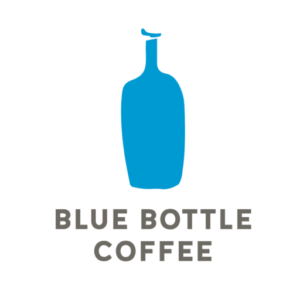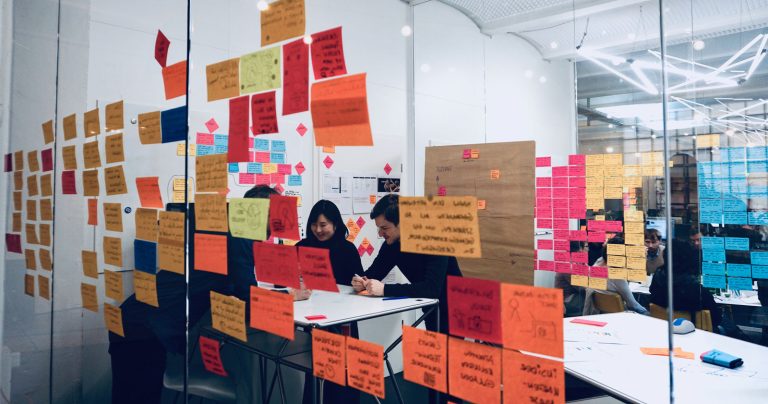
How does your mid-year Review process typically work, and what role does the 2D graph play in that process?
During the Mid-Year Review, team members rate their progress on a linear scale. Managers provide their own insights on each team member’s progress while also taking a high-level view of performance and future growth. Managers then place each team member on a simple three-by-three grid that reflects overall performance and potential, supported by a brief validation step to keep the process consistent across teams.
The results guide later conversations, where leaders meet to confirm that each placement aligns with the broader view of the team and the needs of the organization.
What challenges were you facing with your previous approach to performance reviews that made the Confidential 2D graph appealing?
We did not experience issues with Performance Reviews; however, we did see challenges with maintaining consistency in how 9-box placements were completed and collected. Our process used Google Sheets, and managers created copies, added their placements, and shared them with HR business partners. The spreadsheets did not provide a clear or intuitive layout, which made it difficult to keep the process consistent. As a result, some submissions varied in format or did not reach the intended recipients.

Javier Acevedo
Talent and Development Program Manager
Why was confidentiality important in how you chose to use the 2D graph?
We wanted a way to collect 9-box placements without sharing them directly with teams, since managers still needed to hold Talent Review sessions before discussing outcomes. In addition, when there were team members who required support, we preferred that leaders guide those conversations directly rather than have individuals view a placement on the grid without context.

What inspired you to adapt the 2D graph into a true 9-box framework?
Our Executive Team saw gaps in the process and asked that we explore a vendor option for Talent Review and Planning. We contacted our Customer Success Manager to understand what Small Improvements could support, since it was our talent management platform. She shared that the 2D Graph feature could be adapted into a version of the 9-box grid.
How did you determine what your boxes would represent, and why did those dimensions matter for your organization?
We work with Korn Ferry, a management consulting firm that advises us on various aspects of management training, competency model development, and other areas. We adopted their 9-box placement framework and made a few adjustments to better fit our needs and culture.
How has the 9-box format influenced the way managers think about contribution and potential?
We are finding that by making 9-box placements a component tied to the Performance Review process, teams are beginning to connect the dots between how performance is measured and how potential is evaluated.
Our cafes are a strong example of this. In 2024, about 42 percent of teams were placed in high-performance or high-potential categories, which sat above external benchmarks and suggested that some team members were being placed before they were ready, creating risks of misalignment and possible promotion bottlenecks.
This year, the percentage decreased to around 22 percent, and more team members were placed as core contributors who are progressing but not yet ready for larger responsibilities. This distribution aligns more closely with external benchmarks and gives a more accurate view of team performance, due to the integration of the 9-box process into the performance review cycle and the use of a clear visual tool.
Since implementing the graph, what changes or improvements have you observed in your mid-year review outcomes, alignment discussions, or talent planning?
The first major difference was in how we collected information. In 2024, gathering talent placements required significant effort because files were stored in different locations and varied in format.
This year, all placements were stored in one place, which allowed my team to prepare the Talent Review materials and include key context such as tenure and historical performance data.
Managers no longer needed to build their own slides. They completed their bias training and focused on how they would present each team member, supported by a clear visual of the placement and all relevant information.
After the sessions, we could send each team a summary, and if our Global Head of People were to request specific views for different groups or levels, we could provide that information in an organized format.
None of this would have been possible without Small Improvements to collect the data.
Blue Bottle’s shift to a confidential 9-box framework shows how the right tools can support more human, grounded performance conversations. By bringing clarity to data, their teams can now focus on what truly matters: developing people with care, intention, and shared understanding.







